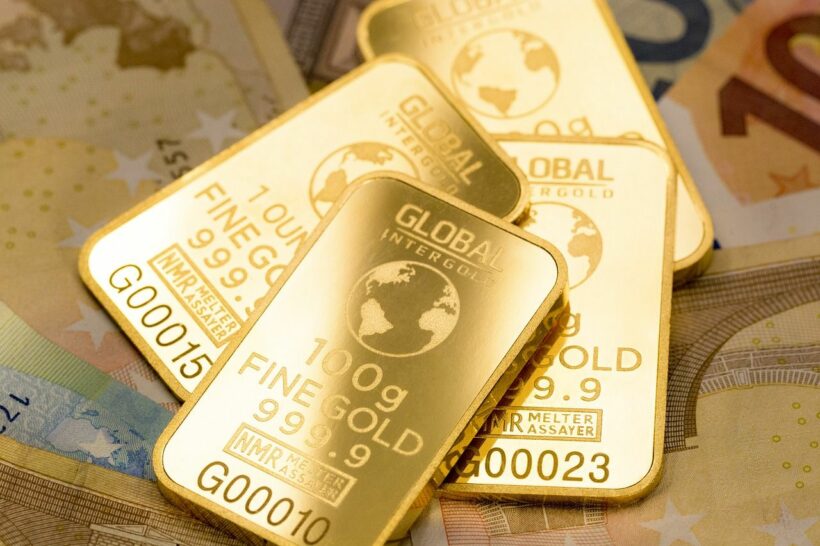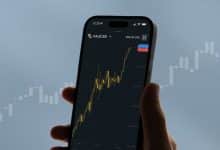Exploring new trends in gold trading for enhanced profitability

Gold has been a highly valued commodity for centuries thanks to its rarity, beauty, and many practical uses. In recent decades, gold trading has become particularly lucrative due to market volatility and rising gold prices. However, the gold market is constantly evolving with new products, regulations, and technologies. Staying up-to-date with the latest gold trading trends is essential for traders who want to maximise profits.
New Trading Instruments
One major shift in gold trading has been the introduction of exchange-traded funds (ETFs) that track gold prices. The most popular gold ETF is the SPDR Gold Shares Fund, which allows investors to gain exposure to gold prices without owning physical gold. Gold ETFs provide liquidity, transparency, and easy access to the gold trade market. Traders can now incorporate gold into their portfolios along with stocks and bonds using these innovative investment vehicles.
In addition, many new gold derivatives have emerged, including options, futures, CFDs, and spread bets. These instruments allow traders to speculate on gold prices with leverage. While risky, small price movements can result in large percentage returns on the capital invested. Traders can hedge risks and capitalise on both rising and falling gold prices using derivatives.

Increased Accessibility
Technological advancements have made gold trading more accessible to regular investors. Online trading platforms and mobile apps now allow individuals to buy and sell gold instantly. Gold trading is no longer restricted to institutional investors and speculators.
Furthermore, fractional gold investment products are gaining popularity. These break gold ownership into smaller, cheaper units like grams. Fractional gold allows smaller investors to build gold positions over time. Improved accessibility helps expand the retail gold investor base and increase overall trading volumes.

Shifting Global Gold Flows
China and India had long dominated global gold demand. However, falling jewellery sales in these regions have slowed gold flows into these countries. On the other hand, central banks in Russia, China, and other nations are now aggressively adding gold to their foreign reserves.
At the same time, recycling gold from old jewellery and electronics is on the rise globally. These shifting gold flows across nations are changing supply and demand dynamics. Staying abreast of the latest developments can give traders valuable insights into future gold price trends.

Impact of Geopolitical Events
Geopolitical events can sometimes have a pronounced short-term effect on gold prices. For example, gold may spike during times of political tensions or military conflicts due to its status as a safe haven asset. Traders who can act fast to capitalise on these volatility spikes can profit handsomely.
However, the long-term impacts of geopolitical events on the gold market are less clear. After the initial knee-jerk reaction, gold prices tend to stabilise as other factors like inflation and interest rates exert greater influence. Having contingencies in place to trade around geopolitical events can be useful.
The gold market has entered a dynamic phase with new trading products, increased accessibility, and evolving global gold flows. The key takeaway for traders is that the gold market should no longer be viewed in static terms. Adapting trading strategies to take advantage of emerging trends can lead to greater trading success and profits. Maintaining flexibility and an open mindset is the new imperative in gold trading.
Latest Thailand News
Follow The Thaiger on Google News:


























